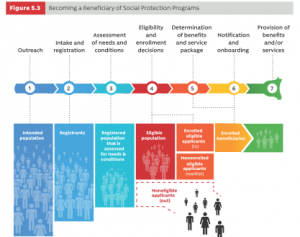The Twitter-sphere is full of misinformation about the judgement of the Equality and Human Rights Commission about the Labour Party’s conduct towards Jews. There are two rather serious misunderstandings doing the rounds. The first is the mistaken claim that “the EHRC did not find that Labour was institutionally antisemitic”. Here is an example, ‘liked’ by more than 1500 people :
EHRC Conclusions: Labour improves its handling of antisemitism
The EHRC did NOT find that Labour were institutionally antisemitic #WeAreCorbyn pic.twitter.com/MiU3HkUdpI
— Ben (@BenJolly9) October 29, 2020
The EHRC report does not refer to ‘institutional racism’ at all. However, the report does specifically and directly confine itself to actions which can be said to have been the responsibility of the Labour Party, as a collective organisation. The methodology is explained in Annex 3. It follows that report’s finding of unlawful conduct is, precisely, a finding against the Labour Party as an institution. So yes, the Labour Party has been found guilty of institutional racism.
The second claim, as expressed by serial provocateur Chris Williamson, is based in a related misunderstanding: that “Despite cries about ‘institutional anti-Semitism’ and an ‘existential threat to British Jews’, the EHRC based its report on a tiny sample of 70 complaints made over a three-year period. It only found two examples of supposed ‘unlawful harassment’ – out of half a million members.” The report did not look at the conduct of members (let alone that of former members such as Mr Williamson). The actions of individuals, former members, and members communicating to other members in an individual capacity, were expressly excluded from the scope of the inquiry (p 127). What the EHRC was looking for was something different: actions which could legitimately be said to be conduct of the Labour Party, rather than of individuals. And that is what the report has condemned.
I think there is some cause for regret here. The report’s careful and measured tone doesn’t really get the point over to people who have convinced themselves, over a period of years, that the accusations of racism were fabricated – an allegation that is racist in itself. There are references in the report to the suggestion that complaints about racism were ‘smears’ – that was a major part of the two examples of institutional harassment – but there is not the warning that was needed to explain to people that if they continued to maintain that position, it would amount to further harassment. The EHRC needed to say it in terms.
